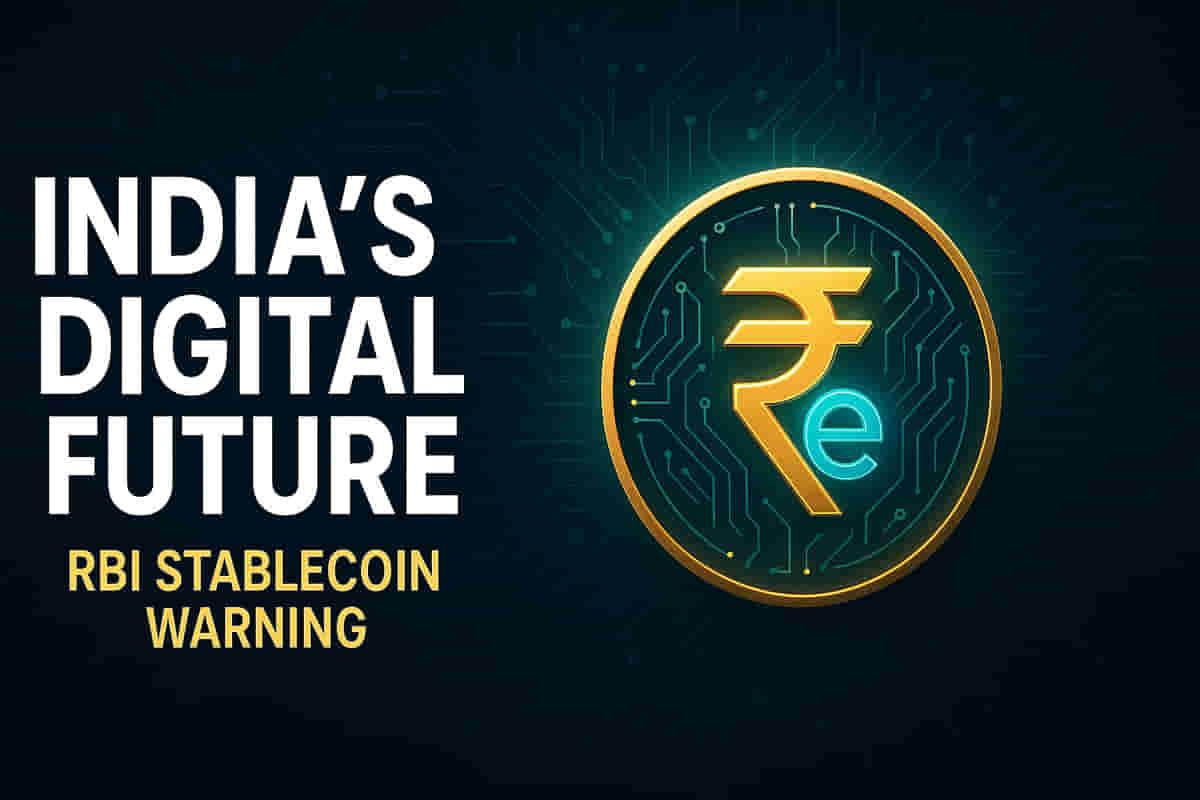Reserve Bank of India Warns Stablecoins Risk Policy Sovereignty, Favors CBDC
RBI
|
30th October 2025, 3:07 PM

▶
Short Description :
Detailed Coverage :
Reserve Bank of India Deputy Governor T Rabi Sankar has expressed strong reservations about stablecoins, highlighting that these asset-backed digital instruments carry substantial risks to 'policy sovereignty,' particularly for emerging economies like India. He indicated that India is unlikely to adopt stablecoins, as the central bank believes their functions can be better served by India's own central bank digital currency (CBDC), the e-rupee.
Sankar reassured stakeholders that the Reserve Bank of India is committed to managing domestic liquidity conditions to prevent any scarcity of funds for productive economic activities. He emphasized that economic growth will not be hindered by liquidity issues.
Regarding India's CBDC, the e-rupee, Sankar noted that while over 70 countries are exploring or have introduced their own CBDCs, India is proceeding cautiously. Since its pilot launch, the e-rupee has recorded over 10 crore transactions. The Deputy Governor pointed out the key advantages of CBDC, including facilitating cheaper and easier cross-border payments and its programmability, which can control end-use.
Impact: This stance by the RBI signals a clear regulatory direction against private stablecoins in India, prioritizing state-controlled digital currency solutions. It underscores the central bank's commitment to maintaining monetary control and financial stability, potentially limiting the growth of alternative digital assets while fostering the use of the e-rupee. This could impact investment flows into the digital asset space in India and shape the future of digital payments. Rating: 7/10
Difficult terms explained: Stablecoins: Digital currencies designed to maintain a stable value by being pegged to another asset, such as a fiat currency (like the US dollar) or gold. They aim to reduce the volatility associated with traditional cryptocurrencies like Bitcoin. CBDC (Central Bank Digital Currency): A digital form of a country's fiat currency issued and backed by the central bank. India's CBDC is called the 'e-rupee'. Policy Sovereignty: The ability of a country's government and central bank to make and enforce their own monetary and economic policies without external interference or undue influence from foreign currencies or digital instruments. Asset-backed: Means that the value of the stablecoin is supported or collateralized by real-world assets, such as foreign currency reserves, commodities, or other financial instruments. Liquidity conditions: Refers to the ease with which assets can be bought or sold in the market without affecting their prices, and the availability of cash or easily convertible assets for financial transactions. Programmability: In the context of CBDC, it means that the digital currency can be programmed with specific rules or conditions, allowing for automated transactions or setting restrictions on its use. Internationalisation of the rupee: The process of increasing the use of the Indian Rupee in international trade and finance, beyond just within India. Capital account convertibility: The extent to which residents and non-residents can convert domestic currency into foreign currency and vice-versa without restrictions, for capital transactions (like investments). External commercial borrowings: Loans raised by Indian entities from non-resident lenders, typically for business purposes.